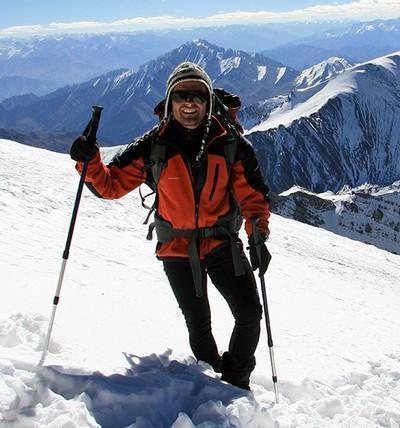If you are interested in taking up skiing or if you are already a skier, it is important to understand what techniques are considered safe to use when skiing. This article will go over some of the most common techniques that are used by skiers and how you can safely perform them. You will also find out the difference between off-piste and cross-country skiing, as well as some of the equipment that you will need to know when you are on the slopes.
Safety on the Slopes
Safety on the slopes is vital for anyone enjoying the sport. There are many dangers involved, and accidents can be devastating. A few simple steps can help you avoid injury and enjoy your time on the slopes.
Start by wearing safety ski gear, including a helmet, goggles and skis that are properly fitted. It is also a good idea to bring a first aid kit. Also, make sure you are hydrated. Dehydration will reduce your energy level, making you more susceptible to falls.
When on the slopes, be courteous and alert to other skiers. This includes looking uphill before you start downhill, using the edge of the slope to ascend, and giving room to those behind you.
Safety Off-piste
Off-piste skiing is an exciting experience, but it can also present risks. It is important to take proper precautions to avoid getting injured or becoming stranded in the snow. Read on for tips on how to stay safe.
Skiers who choose to ski off-piste must keep in mind the possibility of cliffs, avalanches, crevasses, and cold temperatures. They should also have adequate protective skiing equipment, including warm clothing, an avalanche transceiver, and a shovel.
The most serious danger posed by off-piste skiing is avalanches. These can be fatal. Fortunately, avalanches can be avoided with risk assessment skills. A qualified guide can teach you how to recognize the signs and conditions.
Avalanche Airbags
An avalanche airbag is a backpack with inflatable balloons. These devices are manually triggered and deployed when a victim is caught in an avalanche. Avalanche airbags are proven effective for saving lives in avalanche accidents.
Airbags are used to reduce the risk of asphyxiation, and may also help to lessen trauma. However, they are expensive. If you want to use an avalanche airbag, you should be sure to conduct test deployments before every winter season. You should also learn to activate the device and deploy it quickly.
Despite their proven effectiveness, there are still many concerns surrounding avalanche airbags. One of these concerns is their ineffectiveness in remotely triggered avalanches.
Proper Tuning and Sharpening of Skis
It's a fact that ski tuning is important to ensure a smooth glide. Moreover, it improves the lifespan of your gear. Plus, it can be done in the comfort of your own home. Besides, the process is quite simple.
The basic tuning process consists of sharpening the edges, waxing the bases and setting bevels. All this work will help you feel the grip of your edges.
Sharpening your edges is the most important step in the ski tuning process. Ski edge sharpening is a routine maintenance task. Your edges will become dull over time. Hence, you need to check them every now and then.
Fall-line Skiing
Fall-line skiing is the most direct path down a mountain. It is also considered to be the safest route. However, if you are new to the sport, you should first get some basic lessons.
To find your fall line, start by checking out your surroundings. You may notice that trees are higher on one side of the trail than the other. Ideally, you should be able to ski straight down the middle of the slope. If not, your best bet is to let gravity do the work for you.
As you begin to ski down your chosen path, you'll be able to see your fall line. Ideally, you'll have a solid base on which to build. Having a good grip on your skis and your feet will help you maintain control.
Cross-country Skiing
Cross-country skiing techniques are considered safe for the average person. However, a fall or an accident can lead to injuries. If you plan to enjoy this sport, it's best to learn some safety tips before you hit the slopes.
Generally, you should wear several layers of clothing and footwear. A compass, GPS, and topographic map are also essential. You should also wear warm clothing in winter, and protective gear in warmer months.
Using a compass and GPS can help you locate your way on trails that are unfamiliar. However, the risk of getting lost increases when you are separated from your group. It is always important to stick with your group when you are skiing.





